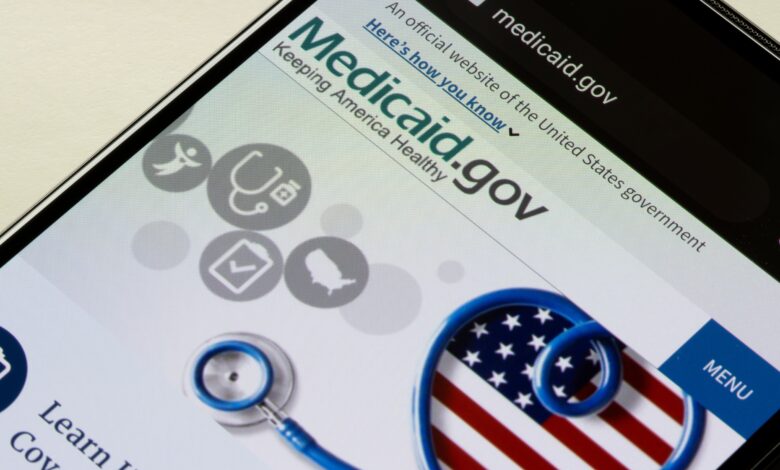Government programs are WIDENING black-white health disparities

Thanks to better prevention, screening, diagnosis and treatment, cancer mortality in the United States has fallen 33% since 1991, per data the American Cancer Society published this year.
But that progress has not been equally distributed.
The cancer mortality rate for black people remains higher than for white people.
Between 2000 and 2020, the gap between black and white outcomes grew wider for breast cancer and male colorectal cancer.
Overall, the average life expectancy at birth for black Americans is just under 71 years.
For white people, it’s almost six years longer.
There are many reasons for racial health disparities like these.
But an underappreciated one is the consistent failure of Medicaid, the public insurance plan for the poor the federal government and the states jointly fund, to improve the health of its beneficiaries.
For decades, federal-welfare programs like Medicaid have overpromised and underdelivered.
That’s a particular problem for minorities, who are overrepresented among its beneficiaries.
About 19% of Medicaid and Children’s Health Insurance Program enrollees are black, whereas black people make up only about 14% of the general population.
Per the US Department of Health and Human Services, 43% of black people have public health insurance, compared with 35% of white people.
Medicaid pays doctors much less than commercial insurance or even Medicare.
Doctors also have trouble collecting those below-market payments.
Some 19% of Medicaid claims are not initially paid in full.
Doctors respond by limiting the number of Medicaid beneficiaries they’ll see.
Research has shown roughly three in 10 providers are unwilling to accept new Medicaid patients.
Those who can secure an appointment often have to wait.
One study found Medicaid patients were more likely to wait 20 minutes or longer for previously scheduled appointments than privately insured patients.
A landmark study of Oregon’s Medicaid population found that “Medicaid coverage generated no significant improvements in measured physical health outcomes” compared with remaining uninsured.
Despite the poor-quality care Medicaid offers, enrollees are disincentivized from leaving the program.
In most states, beneficiaries must have incomes of no more than 138% of the federal poverty level, currently $31,200 for a family of four.
Presented with an opportunity to make more, a Medicaid beneficiary might reasonably say “No” for fear of losing coverage.
Actively encouraging low-income Americans not to make more even when given the chance is no way to allay hardship.
Because race and economic status are intertwined, eliminating racial disparities in health care requires that we raise more people out of poverty.
To do that, we need to reduce dependence on failing government programs like Medicaid — and grow the economy so more people of all races, creeds and colors can climb the income ladder.
Within the healthcare space, there are several market-oriented reforms that can help people secure better care at lower cost.
Health savings accounts allow patients to set aside and spend money tax-free for health care.
When providers compete for patients’ healthcare dollars, quality goes up and costs decline.
HSAs can even be useful to those at the bottom of the income scale, who may have less money to sock away.
Many employers contribute to their employees’ HSAs; the average employer contribution in 2022 was $869.
Further, most people don’t spend that much on health care.
The 50% of the population with the lowest total health spending accounted for 3% of the nation’s 2021 health bill, according to the Peterson-KFF Health System Tracker.
Average spending for this cohort was $385. One in seven people spent zero dollars on health care that year.
In other words, saving even a little bit every year in an HSA could allow most people to cover their yearly medical expenses — and save for bigger bills down the line.
Market-oriented reforms that increase the supply of care — like relaxing scope-of-practice rules that restrict what nurse practitioners and physician assistants can do without a doctor’s supervision — can also help narrow disparities, especially given that one-quarter of black Americans live in primary-care-shortage areas.
Closing the racial health gap is possible.
But first, we have to acknowledge the failures of public health-care programs, which have worsened the very problems they were designed to solve.
Sally C. Pipes is president, CEO and Thomas W. Smith fellow in health-care policy at the Pacific Research Institute. Her latest book is “False Premise, False Promise: The Disastrous Reality of Medicare for All.”
Twitter: @sallypipes




